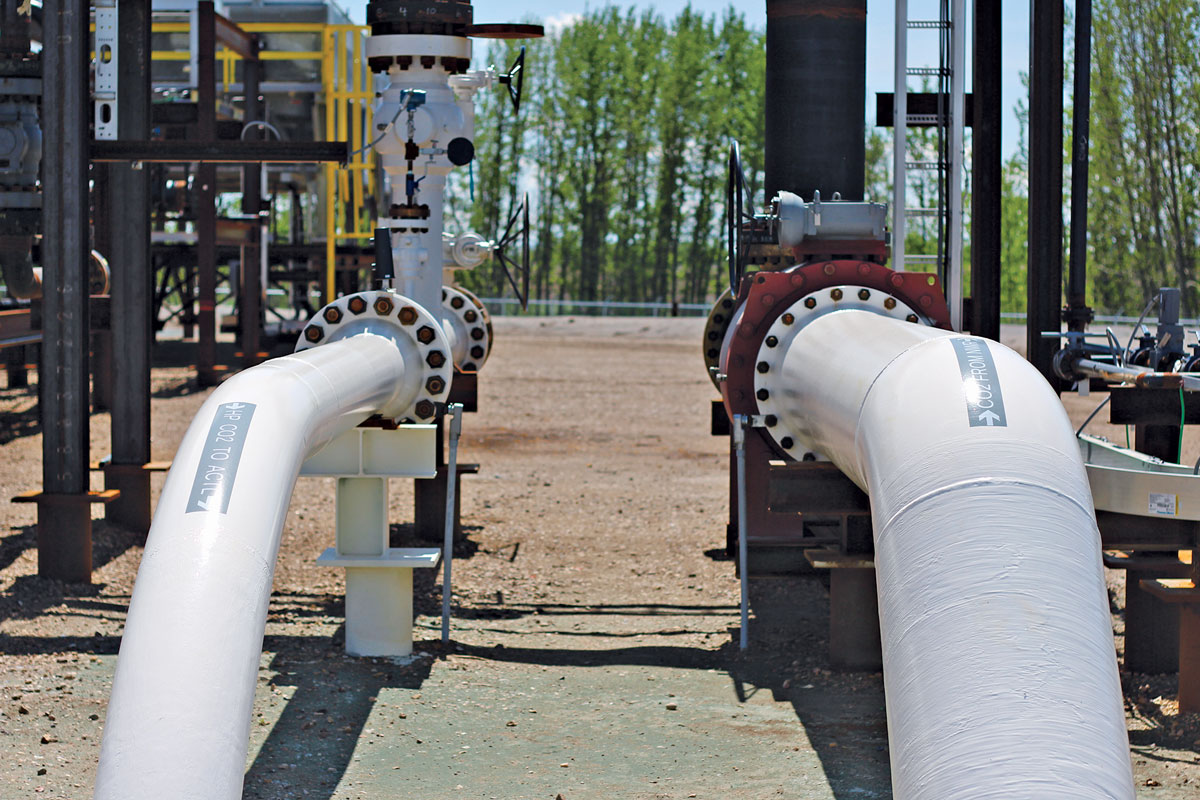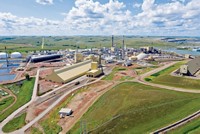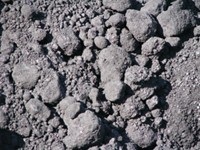Advertisement
Grab your lab coat. Let's get started
Welcome!
Welcome!
Create an account below to get 6 C&EN articles per month, receive newsletters and more - all free.
It seems this is your first time logging in online. Please enter the following information to continue.
As an ACS member you automatically get access to this site. All we need is few more details to create your reading experience.
Not you? Sign in with a different account.
Not you? Sign in with a different account.
ERROR 1
ERROR 1
ERROR 2
ERROR 2
ERROR 2
ERROR 2
ERROR 2
Password and Confirm password must match.
If you have an ACS member number, please enter it here so we can link this account to your membership. (optional)
ERROR 2
ACS values your privacy. By submitting your information, you are gaining access to C&EN and subscribing to our weekly newsletter. We use the information you provide to make your reading experience better, and we will never sell your data to third party members.
Business
Unique Recovery: Clean-Coal Plant Turns Out Natural Gas And Chemicals
by Marc S. Reisch
November 19, 2012
| A version of this story appeared in
Volume 90, Issue 47

Utilities looking to recover pollutants in the form of salable chemicals would do well to study Dakota Gasification. At its site in Beulah, N.D., Dakota turns coal into synthetic natural gas for power generation and heating. By-products that might otherwise be emitted into the atmosphere are converted into valuable chemicals.
COVER STORY
Unique Recovery: Clean-Coal Plant Turns Out Natural Gas And Chemicals
“We are profitable, but depending on the price of gas, by-product chemicals keep our earnings stable,” says a spokeswoman for Dakota, which is owned by Basin Electric Power Cooperative, an electric utility.
Last year, Dakota consumed 6 million tons of lignite coal and had about $520 million in sales evenly split between synthetic natural gas and chemicals such as ammonia, ammonium sulfate fertilizer, phenol, and naphtha.
The plant uses 14 gasifiers to break down coal in the presence of oxygen and steam into a raw gas. The gas is cooled to remove tar oil, phenol, ammonia, and water. Other impurities such as carbon dioxide and sulfur dioxide are removed before 145 million cu ft of gas per day enters pipelines for national distribution to utilities and homes.
Carbon dioxide is captured in the Rectisol process, which uses methanol to absorb and separate CO2 and other impurities from the synthetic gas. Dakota sends about 152 million cu ft per day of the captured CO2 via a 205-mile pipeline to the Saskatchewan oil fields to enhance recovery of oil from wells. Sulfur dioxide captured from the flue gas is converted to ammonium sulfate.
Tar oil recovered in the gasification process was formerly used as fuel in the plant’s boiler. Dakota just completed work on a stripper tower to remove water and light hydrocarbons from the tar oil to upgrade it into more valuable fuel oil. The plant will now burn more synthetic gas in its boilers instead.
Another project now in the planning stage is a 1,100-ton-per-day granular urea fertilizer plant, which could begin operating in 2016. The project would draw on anhydrous ammonia currently made at the site from synthetic gas when gas prices are low.
The Beulah plant, known as the Great Plains Synfuels Plant, was built by a consortium of energy companies between 1980 and 1984. Basin Electric Power Cooperative purchased the plant in 1988 from the federal government after the consortium reneged on government loans supporting the plant during a period of low natural gas prices.
Only one other plant similar to Dakota’s plant exists today: a coal-to-liquids facility operated in South Africa by Sasol, the Dakota spokeswoman says.
Construction costs of both facilities were high enough that others may not be willing to replicate the plants. Over the years, Basin Electric and the original owners invested about $2.1 billion to build the Beulah plant. A similar facility today would cost about $4 billion, the spokeswoman says.







Join the conversation
Contact the reporter
Submit a Letter to the Editor for publication
Engage with us on Twitter